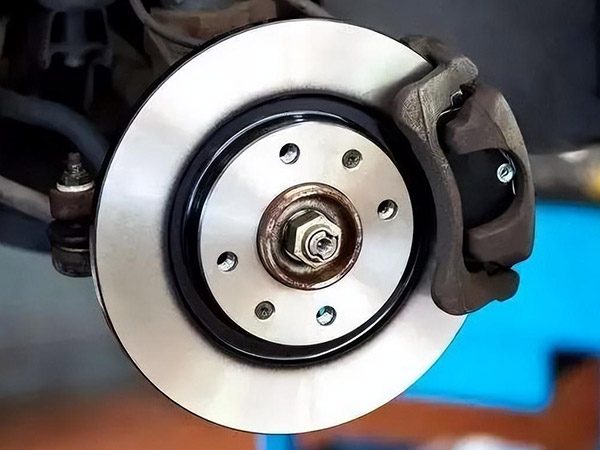
How do I check the brake pads by myself?
Method 1: Observe the thickness
The thickness of a new brake pad is generally about 1.5cm, and the thickness will gradually become thinner with the continuous friction in use. Professional technicians suggest that when the thickness of the brake pad is only about 1/3 of the original thickness (about 0.5cm), the owner should increase the self-inspection frequency and prepare for replacement at any time. Of course, due to the hub design, individual models do not have the conditions for visual inspection, and the tires need to be removed to complete. Each brake pad has a protruding sign on both sides. The thickness of this sign is about 2-3 mm, which is also the limit for the thinnest replacement of the brake disc. If the thickness of the brake pad has been parallel to this sign, it must be replaced. Therefore, when the thickness of the brake pad is close to this mark, the owner should be ready for observation at any time. However, it is difficult to observe accurately with naked eyes without removing the tire. At present, for many models, when the brake pad is too thin, the position of the instrument hand brake lamp will prompt, which is convenient for self-inspection.
Suggestion: There is no strict replacement interval for the brake pad according to the vehicle environment and driving habits. Generally, the brake pad should be replaced when driving about 60000 km. When it is found that the brake pad is thin by visual inspection, technical personnel shall be required to inspect it during maintenance. Because there is an error in visual inspection, professional maintenance stations are more rigorous in passing calipers than visual inspection.
Method 2: Listen to the sound
If the brake is lightly pressed and accompanied by the sound of "iron-cleaning" (it may also be caused by the running-in of the brake pad at the beginning of installation), the brake pad must be replaced immediately. Because the limit marks on both sides of the brake pad have directly rubbed the brake disc, it shows that the brake pad has exceeded the limit. In this case, it is necessary to cooperate with the inspection of the brake disc while replacing the brake pad. When this sound occurs, the brake disc is often damaged (as shown in the figure below). At this time, the sound cannot be eliminated even if the brake pad is replaced with a new one. In serious cases, the brake disc needs to be replaced. In addition, some poor quality brake pads have hard spots, which will also produce abnormal noises. Generally, the abnormal noises will disappear after a period of time
Tips: It is often too late to hear the sound of the brake. At this time, the brake disc will be damaged more or less. The price of the brake disc is much higher than that of the brake pad. Therefore, it is suggested to check the brake pad frequently to avoid damaging the brake disc.


leave a message